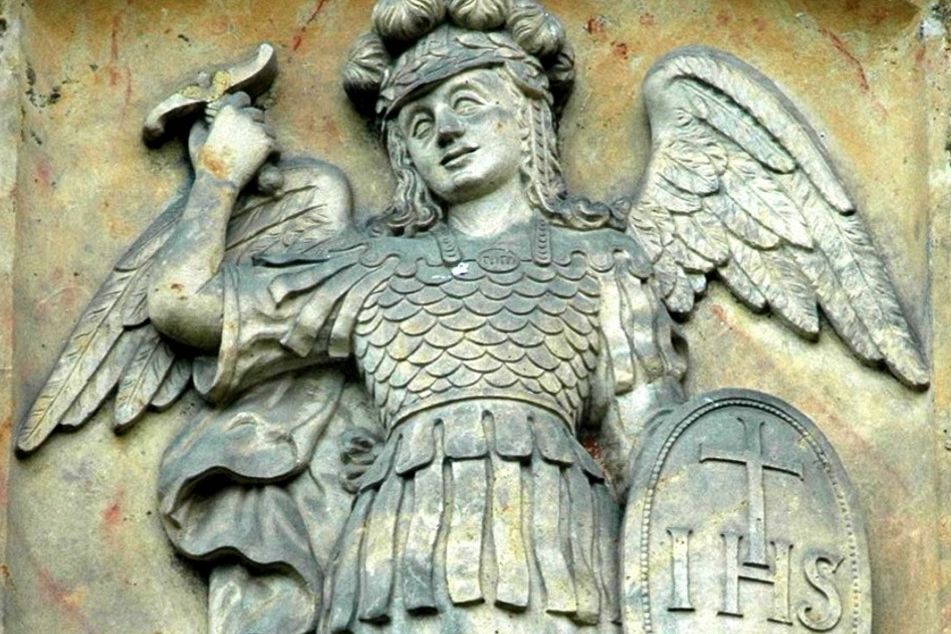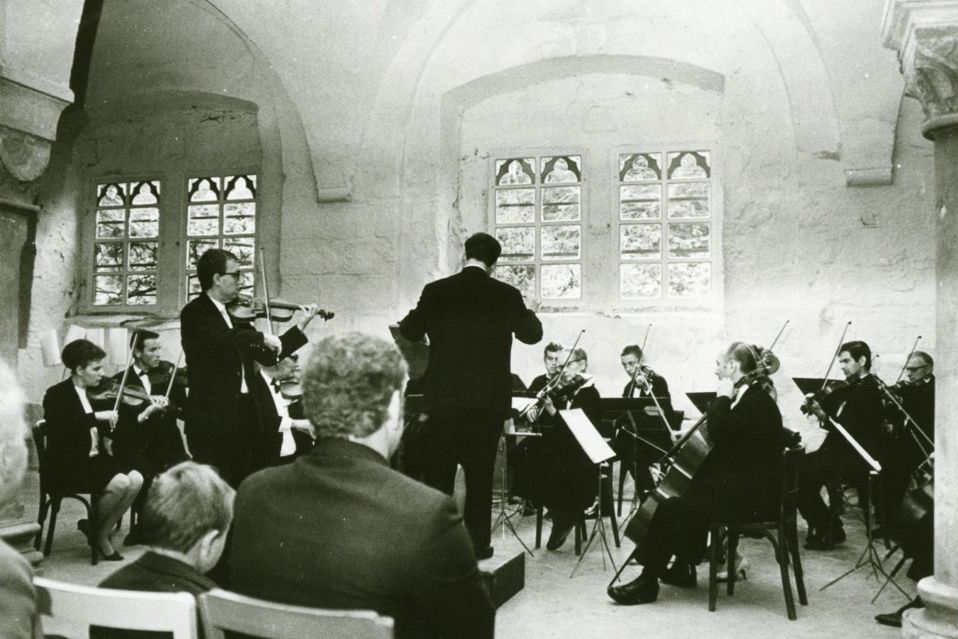History
The past
Some 870 years ago, a group of Cistercian monks settled in a valley just outside Blankenburg, in the Harz region. Life was hard at first, but over time the abbey came to be an economic success. Donations, their vows of poverty and a life of hard work and strict self-sufficiency brought the cloisters an abundance of worldly goods. In 1543, the last Catholic abbot stepped down from his position and the Counts of Blankenburg took over the monastery. They set up a monastery school which remained there after it was taken over by the Dukes of Brunswick (Braunschweig). At the start of the 18th century, Duke Louis Rudolph commissioned extensive construction work and set up a seminary. Until well into the 20th century, the old abbey was only used for agricultural purposes, even after the estate was taken over by various legal entities after the land reform.

The present
Over nearly 50 years, the abbey has developed into a place of cultural diversity featuring nature, the history of the monastery and music. Whether you visit a concert, the museum or one of the many events, you will always find new, colourful sides to Michaelstein. This is the home of the Saxony-Anhalt Music Academy and Institute of Performance Practice, which has had strong roots in Europe's professional music scene for many decades.
In addition to this pronounced musical focus, the entire abbey complex has now become a tourist attraction. Michaelstein Abbey’s museum offers a varied experience combining history, gardening and music on the Romanesque Route and the R1 European Bicycle Route.

The Middle Ages
In 1139, Beatrice II, Abbess of Quedlinburg and Burchard von Blankenburg gave up several estates for the foundation of a monastery. Pope Innocent II recognised the foundation. In 1146, the monastery was settled by Cistercian monks from Kamp Abbey. The first unambiguous mention of a monastery is found on a decree written in 1152 by Eugene III.
Starting out in modest circumstances, it grew into an economically successful abbey. Through donations, vows of poverty and economic self-sufficiency, by the end of the 13th century the monastery owned some 21,000 morgens of land. Numerous fishponds close to the monastery still bear witness to the monks’ self-sufficient life. The large farmyards were concentrated near local towns such as Aschersleben or Quedlinburg, where agricultural surpluses were sold for profit. In the 13th century, they even came into the possession of domains in far-off Mecklenburg, and the monastery also had shares in the Lüneburg saltworks and the Rammelsberg mines.
Modern times
1525 and 1533 were fateful years for the abbey. Raids during the German Peasants' War and a feud took a heavy toll on life at the abbey and on the fabric of the building. The church had to be abandoned; in its place, the chapter house was converted into a church, which took until 1720. When the Counts of Blankenburg ushered in the Reformation in 1543, the Cistercian era of the abbey’s history came to an end. In 1599 the abbey fell to the Dukes of Brunswick-Wolfenbüttel. The 16th and early 17th centuries saw the sale of many of its estates. The abbacy continued to exist, the office lying first in the hands of the counts, then those of the dukes and finally those of the theology professors at the university of Helmstedt. From 1544 to 1721 a monastery school was run for 24 boys. More extensive construction measures were carried out under Louis Rudolph, Duke of Brunswick-Wolfenbüttel, the west wing being fully redesigned to meet the needs of the new pastoral seminary. The baroque St. Michael's Church was inaugurated in 1720. The building’s use as a Protestant monastery came to an end under French occupation.
Contemporary history
The cloister rooms were still used for agricultural purposes, storage and accommodation for workers in the 20th century. After the Second World War, the federal state of Saxony-Anhalt initiated the first conservation measures. The big turnaround came, however, with the foundation of the Telemann Chamber Orchestra and the personal efforts of Dr Eitelfriedrich Thom. The orchestra made Michaelstein its home; the first concert took place in 1968 in the renovated refectory. In 1977 a cultural and research centre was founded which focused on collecting old musical instruments and organised a large number of music-making events and seminars. Musical instruments have been on display since 1988, and since the 1990 it has also been possible to visit the herb and vegetable garden.
With the support of the rural district of Wernigerode and the town of Blankenburg, in 1997 the state of Saxony-Anhalt set up the Michaelstein Abbey Foundation – Institute of Music and Performance Practice. Since 2002, the Saxony-Anhalt Music Academy has been based in the abbey. The monastery has been managed since 2005 by Kulturstiftung Sachsen-Anhalt.
